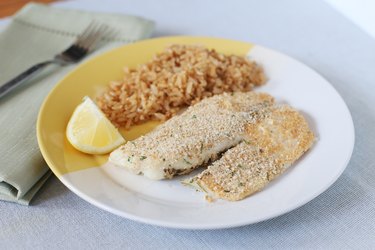
A farmed fish, tilapia is most often sold as fillets. The delicate white flesh has a mild taste, and its firm texture lends itself to a variety of cooking methods, including in the oven. To bake or broil tilapia, defrost and season the fish prior to cooking. Its low fat content means it pairs well with rich sauces as well as lighter flavors, such as fresh citrus juices. Defrost the fillets in a sealed plastic bag, either overnight in the refrigerator or submerged in cool water.
Marinades and Rubs
Video of the Day
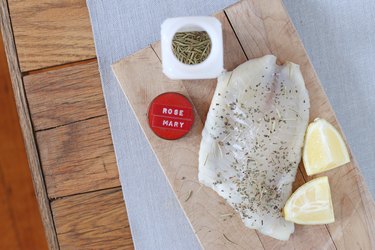
The fillets can be seasoned with dried spices or fresh herbs, such as dried rosemary and thyme or freshly minced ginger and garlic, as well as flavorful liquids, including lemon juice and olive oil. A classic seasoning combination is blackened spices -- a mix of oregano, garlic powder, paprika, pepper, thyme and cayenne that is rubbed directly onto the fillets, creating a spicy flavored crust. Pat dry your fillets to remove excess water. Rub the seasoning directly onto the fillet, and let it sit for 20 to 60 minutes. If you are using only dry ingredients -- creating a rub rather than a marinade -- do not rub too hard. Instead, press down gently. For marinades -- liquid-based seasoning mixes -- toss the fillets in the marinade before placing them in a sealed plastic bag, allowing the marinade to touch all sides of the fillets.
Video of the Day
Breading and Stuffing
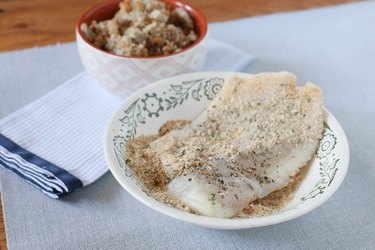
If you are cooking breaded fillets, dredge the fillets through seasoned breadcrumbs. A highly seasoned crumb means you don't have to spend time marinating the fillets. Similarly, a seasoned stuffing means you can use plain fillets. Bread your fillets immediately before cooking. Breading too far in advance can cause the crumbs to turn soggy, making it harder for them to crisp up during baking. On the other hand, fillets can be stuffed in advance, as long as they are kept refrigerated. To stuff fillets, place 2 tablespoons of stuffing at the center of the fillet. Bring one side of the fillet over the stuffing, folding the fillet almost in half lengthwise. Lay the other end of the fillet over the stuffing in the opposite direction and secure the folds in place with a toothpick.
Broiled or Baked
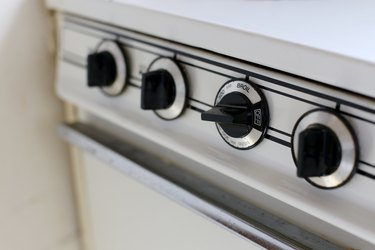
Ovens can be used to broil or bake tilapia fillets. The difference between broiling and baking is temperature. Broiling uses a high temperature -- 500 degrees Fahrenheit or higher -- and the heat comes from above. The fillets develop a slight char and crisping on the top portion of the fillet. Baking uses lower temperatures for a gentler, all-round cooking method. Broil fillets that you want to have a slight crust, browning or char. Bake fillets that are submerged in sauce -- such as a tomato and onion sauce -- or that would benefit from a more delicate texture. Before broiling or baking any fillets, grease the baking pan, dish or broiling tray to keep the fillets from sticking during cooking.
Keep It Moist
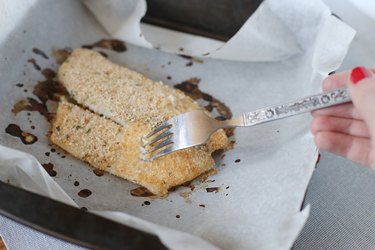
The key to tasty tilapia is keeping the fish moist. If not overcooked, even plain fillets with nothing more than a squeeze of lemon are delicious. Cook fillets until they are just cooked. The flesh will firm up -- there will be less give when touched -- and will flake easily when pulled with a fork. For a 350 degree F oven, this is roughly 35 minutes for a medium sized fillet not cooked in a sauce. Broiled, a medium sized fillet will be ready in about 25 minutes.